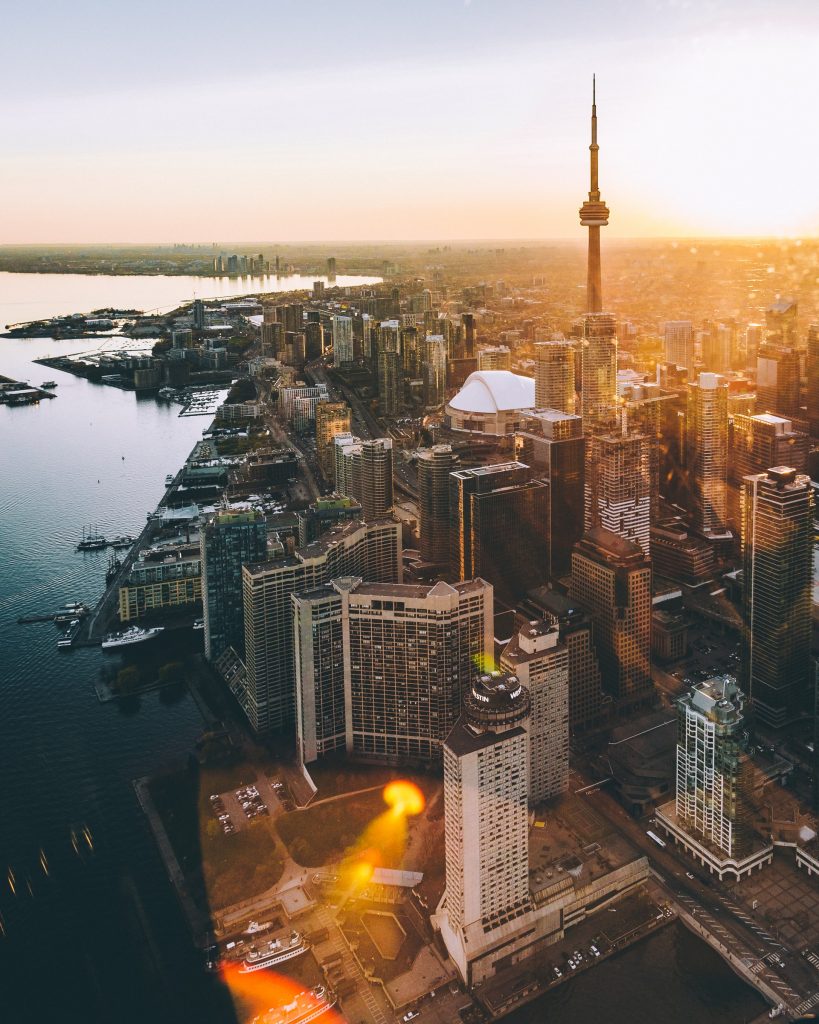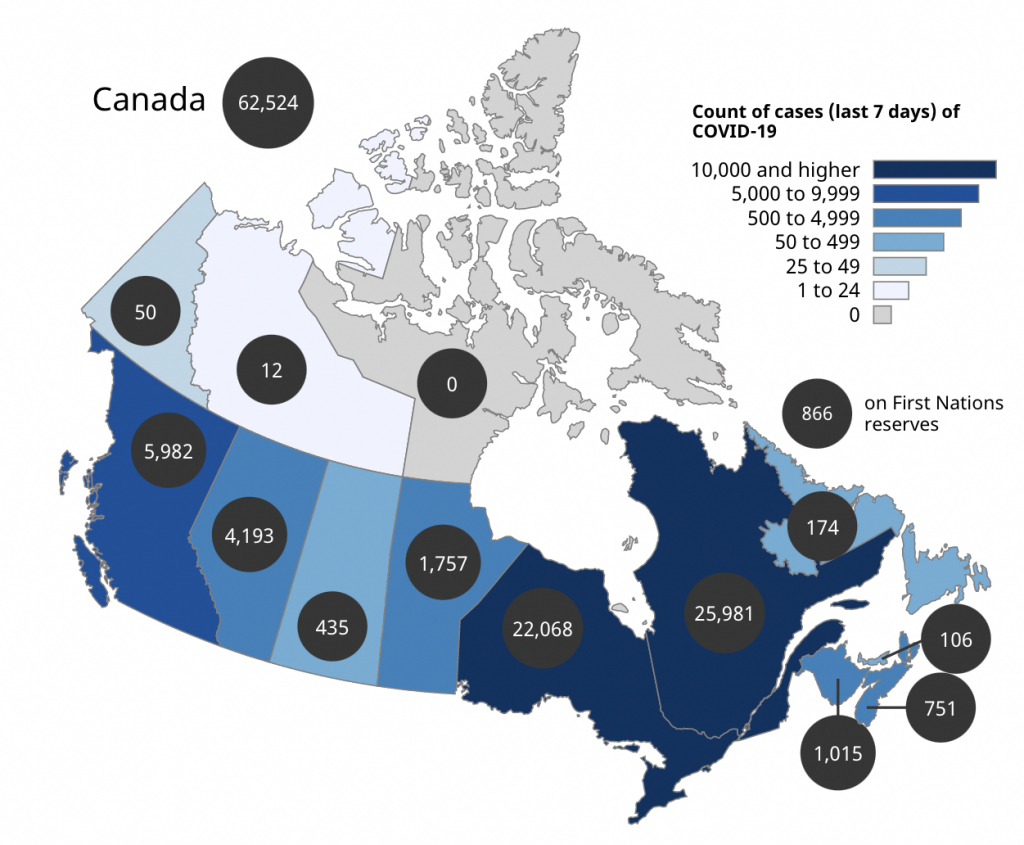Canada has had a quick and efficient response to the COVID-19 pandemic. However, to protect its citizens, it was closed for tourism most time of the pandemic.
As the coronavirus situation got better, Canada reopened its borders for fully vaccinated American visitors on August 9. Other international travelers can visit the country from September 7.
Latest Updates on Traveling to Canada During Covid

December 22 – Canada reintroducing safety restrictions as Omicron spreads
Canada is being tossed by the rampant Omicron strain. To protect its citizens, it has reintroduced several safety measures to help combat the new variant.
As of Tuesday, December 21, testing is required even for travelers returning from trips shorter than 72 hours.
Also, a number of provinces, including British Columbia, Ontario, Quebec, Manitoba, and Newfoundland and Labrador, are bringing back capacity limits on restaurants, theaters, and other venues. British Columbia is even closing bars and gyms, while Quebec is canceling in-person learning at elementary and high schools.
Source: Global News
November 5 – 8 more Canadian airports open for international arrivals
As of November 30, Canada will reopen 8 more airports for international travel, bringing the total number of airports accepting overseas flights to 18.
Airports that will again accept international visitors are St. John’s International, John C. Munro Hamilton, Waterloo, Regina, Saskatoon John G. Diefenbaker, Kelowna, Abbotsford, and Victoria.
Starting the same day, all passengers arriving in the country through the national travel system, including planes, trains, and cruise ships, will have to be fully vaccinated.
According to Transport Minister Omar Alghabra, it’s the successful vaccination program and the additional entry restrictions that have allowed Canada to securely reopen for international tourism.
Source: CBC News
Stats & Current COVID-19 situation in Canada
According to the CDC, Canada now has a high level of COVID-19 transmission – dark orange. They recommend being fully vaccinated before travel.
Unvaccinated travelers who are at increased risk of a severe illness from COVID-19 should avoid all non-essential travel.
Since the beginning of the pandemic, Canada has reported over 1.9 million cases. 30,085 of those have been mortal.
As of December 22, there have been 72,680 active cases, and around 11,309 new infections. At the moment, the situation in the country is relatively under control, even though the number of infections is now slightly higher than in previous weeks.
Vaccination progress in Canada
The vaccination progress in Canada is at its full speed. So far, the country has distributed nearly 66 million doses, while about 29.3 million Canadians have been fully vaccinated. That is around 77.1% of the population, one of the highest vaccination rates in the world.
Canada’s COVID-19 hotspots
Entry restrictions to Canada
Canada opened its borders to fully vaccinated U.S. travelers on August 9. Besides, it opened for all international visitors who qualify for the fully vaccinated traveler exemption on September 7.
Canadian nationals are also allowed to return to Canada. However, even vaccinated visitors have to comply with further entry requirements.
Those include proof of a negative PCR COVID-19 test and filling out basic screening information. Unvaccinated travelers must undergo further testing on arrival and on day 8 of their quarantine. Even if they test negative, the 14-day quarantine must be completed.
Note that there is randomized on-arrival coronavirus testing for inoculated passengers. Also, some provinces and territories have further travel restrictions.
For the latest information regarding entry requirements in Canada, check out our article on Canada reopening.
Local safety measures
To help prevent the spread of COVID-19, there are still numerous safety measures in place. They vary depending on the region. However, they generally include mask mandates in public spaces, social distancing, and limits on the number of people in restaurants, bars, and group gatherings.
Why visit Canada even during the pandemic
The good news is that Canada is now a relatively safe place to visit. It has managed the COVID-19 crisis very well, and it is ready to welcome most international travelers again.
Moreover, you can do plenty of activities outdoors. After all, breathtaking nature is what Canada is most famous for. From hiking and biking to water-based sports and skiing. Canada is a place to go, even in pandemic times.
Updates archives
September 17 – Alberta healthcare system near collapse as COVID-19 rates go sky-high
Alberta, a province with some of the loosest safety restrictions, has suffered a significant rise in COVID-19 infections in recent weeks. That has brought the local healthcare system on the verge of collapse.
Alberta’s healthcare workers struggle with exhaustion as patients now require more intensive care than at any point of the coronavirus crisis. According to the province’s chief medical officer of health, around 90% of them are unvaccinated or only partially vaccinated.
The province has seen a growing number of anti-vaxxers. Just around 71% of eligible Albertans have been fully vaccinated, which is one of the lowest rates in the country.
Premier of the region, Jason Kenney, met with senior government officials on Tuesday, September 14. Following the meeting, Alberta is about to roll out proof of vaccination cards. QR codes were promised at the same time and should be available in the next few weeks.
Source: The Guardian







